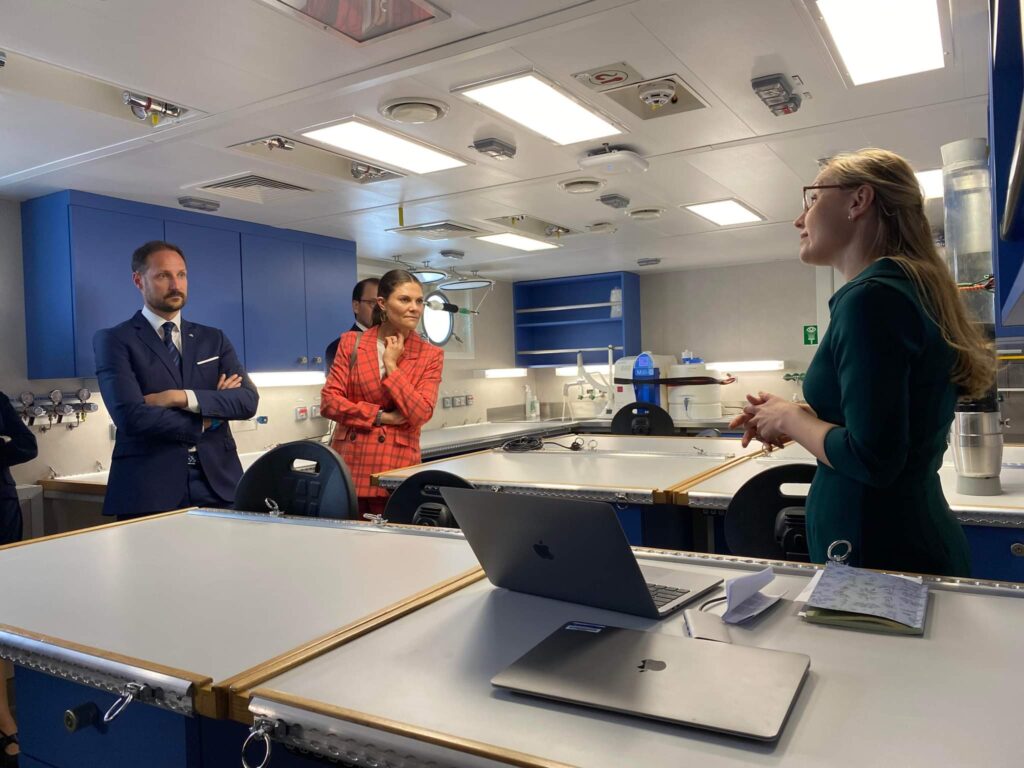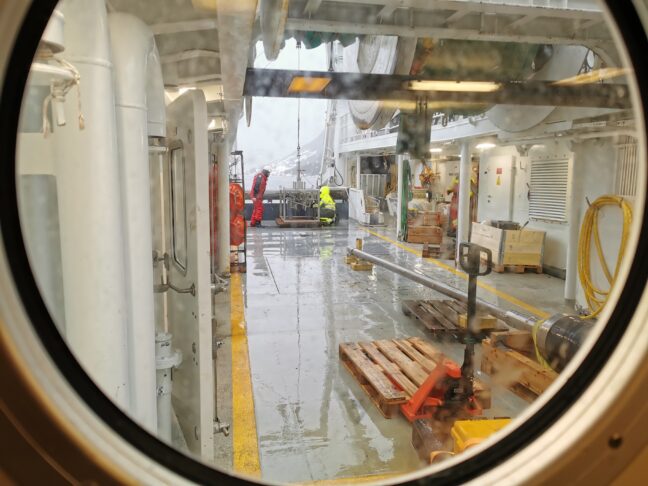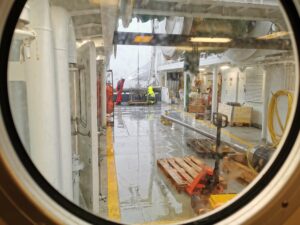Delayed funding, frozen grants… extra work, worry, uncertainty, and frustration… that’s just what I needed!
I haven’t managed to completely grasp the entire story and the background of the RCN* budget issues – as I’ve been busy trying to handle its direct consequences… how to get that student abroad to acquire the experience and access the labs he needs for his work when the mobility grant we were counting on is stopped? What about the instrumentation we were about to buy for TONe? the contract with the producer that we signed just before the red light was turned on over in Oslo? Can we still get it – and when? will it make the shipping deadline this autumn or will everything be delayed by a year? Or two or three? And what to prioritize – my instrumentation, or that of my colleague?
Those problems will most likely be solved – in one way or another – but what about my soft-money colleagues (and friends!) who depend on the calls and funding that is now being reduced, postponed, or removed? How many of them will have to leave science? Leave Norway?
Read more here: in English /
* Research Council of Norway, which allocates money for research and innovation in Norway.

















